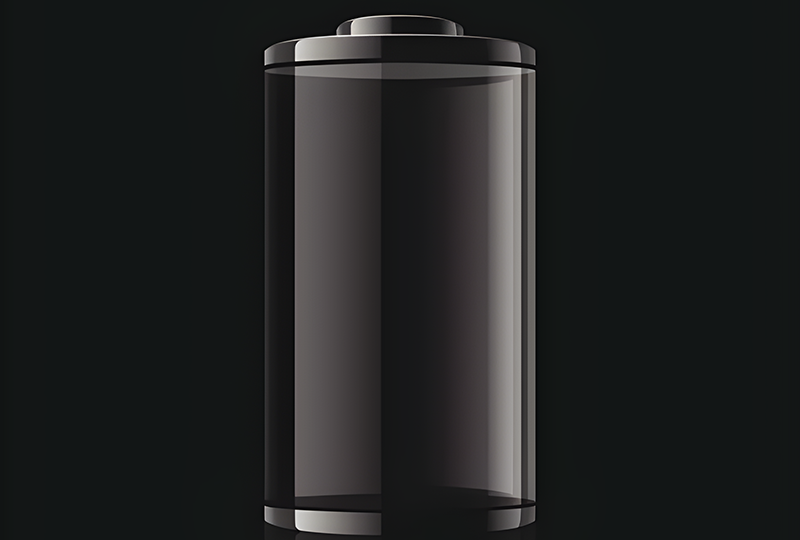APS Technology-POROSITY, DENSITY AND ACOUSTIC CALIPER TOOL-SUPER HIGH RESOLUTION IMAGES...
Read MorePartition: The electrodes in high-temperature batteries are separated by porous electrical insulation partitions. The partition prevents direct contact between electrodes, which may lead to short circuits.
Electrode: The anode is usually made of lithium based materials, such as titanium acid (Li4Ti5O12), while the cathode is usually composed of lithium iron phosphate (LiFePO4) or lithium nickel manganese cobalt oxide (LiNiMnCoO2 or NMC).
Shell: The shell is usually made of durable materials that can withstand high temperatures and protect the battery from impacts, moisture, and other potential damage factors.
Electrolyte: The electrolyte in a high-temperature battery is the medium for ion transfer between the anode and cathode. It is usually composed of lithium salts dissolved in organic solvents or solid electrolytes.
Collector: The electrodes are connected to an external circuit through a collector. These collectors are usually made of conductive materials such as copper or aluminum, used to collect and distribute the current generated or supplied during battery operation.
Thermal management system: This system can include components such as radiators, heat pipes, or liquid cooling channels to dissipate excess heat and maintain optimal operating temperature.

Extend Knownledges
APS Technology-POROSITY, DENSITY AND ACOUSTIC CALIPER TOOL
APS Technology-POROSITY, DENSITY AND ACOUSTIC CALIPER TOOL https://youtu.be/KUVcnZ0BJfg The SureLogTM...
Read MoreAPS Technology-AT-BIT INCLINATION AND IMAGE GAMMA RAY TOOL-APPLICATIONS
APS Technology-AT-BIT INCLINATION AND IMAGE GAMMA RAY TOOL-APPLICATIONS https://youtu.be/dFYLUqgLuZE Real-time...
Read MoreAPS Technology-AT-BIT INCLINATION AND IMAGE GAMMA RAY TOOL-TOOL SPECIFICATIONS
APS Technology-AT-BIT INCLINATION AND IMAGE GAMMA RAY TOOL-TOOL SPECIFICATIONS https://youtu.be/EJO66tVZC7k...
Read MoreAPS Technology-AT-BIT INCLINATION AND IMAGE GAMMA RAY TOOL -FEATURES & BENEFITS
APS Technology-AT-BIT INCLINATION AND IMAGE GAMMA RAY TOOL -FEATURES &...
Read MoreAPS Technology-AT-BIT INCLINATION AND IMAGE GAMMA RAY TOOL
APS Technology-AT-BIT INCLINATION AND IMAGE GAMMA RAY TOOL https://youtu.be/4WX7LLXifkw Operating...
Read MoreAPS Technology-MWD VIBRATION MEMORY MODULE-FEATURES & BENEFITS
APS Technology-MWD VIBRATION MEMORY MODULE-FEATURES & BENEFITS https://youtu.be/SzTdt_IhwoY MWD VIBRATION...
Read MoreAPS Technology-MWD VIBRATION MEMORY MODULE
APS Technology-MWD VIBRATION MEMORY MODULE https://youtu.be/qgDuLTomQKs APS’s SureShot™ MWD Vibration...
Read More